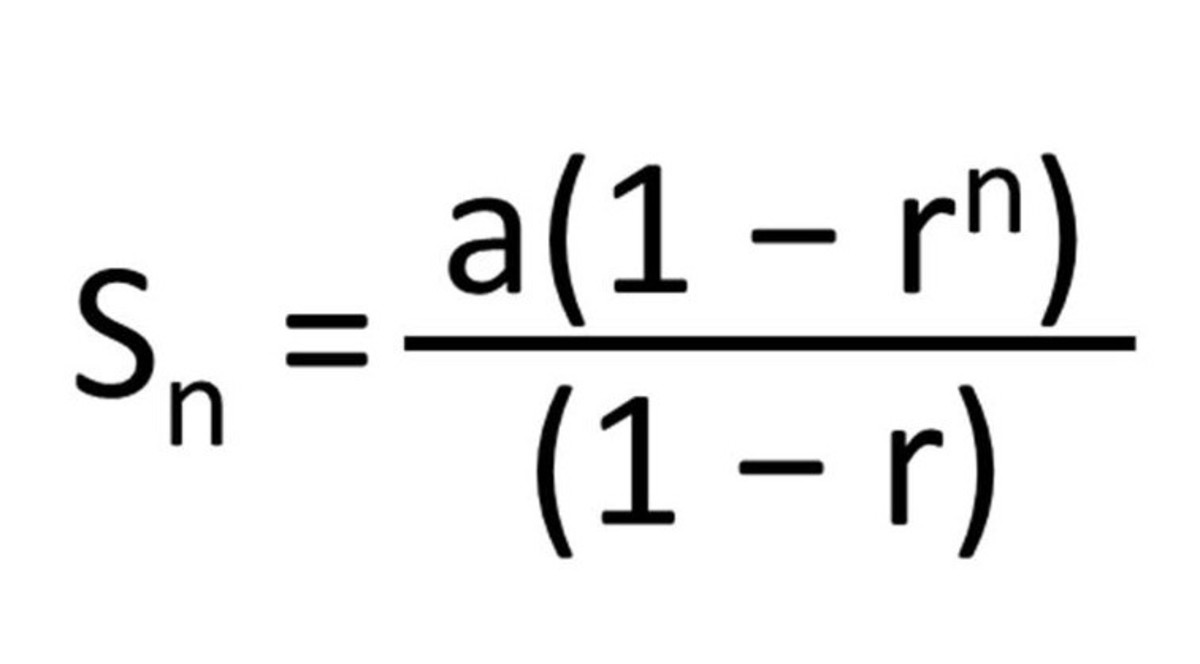
If we represented an arithmetic sequence on a graph it would form a straight line as it goes up (or down) by the same amount each time. Here are some examples of arithmetic sequences:Īrithmetic sequences are also known as linear sequences. The term-to-term rule tells us how we get from one term to the next. If we add or subtract by the same number each time to make the sequence, it is an arithmetic sequence. If we represented an arithmetic sequence on a graph it would form a straight line as it goes up (or. The difference between consecutive terms is an arithmetic sequence is always the same. Arithmetic sequences are also known as linear sequences. where a1 is the first term and d is the common. And, yes, it is easier to just add them in this example, as there are only 4 terms.

#ARITHMETIC SEQUENCE FORMULA SUM SERIES#
This calculator for to calculating the sum of a series is taken from Wolfram Alpha LLC. Let’s look at a problem to illustrate this and develop a formula to find the sum of a finite arithmetic series. The values of a, r and n are: a 10 (the first term) r 3 (the 'common ratio') n 4 (we want to sum the first 4 terms) So: Becomes: You can check it yourself: 10 + 30 + 90 + 270 400. Arithmetic Sequence Formula: an a1 +d(n 1) a n a 1 + d ( n - 1). As we discussed earlier in the unit a series is simply the sum of a sequence so an arithmetic series is a sum of an arithmetic sequence.


Arithmetic sequences are very helpful to identify because the formula for the n th term of an arithmetic sequence is always the same: an a1 + ( n 1) d. This sequence has a factor of 3 between each number. Formulas for the sum of arithmetic and geometric series: Arithmetic Series: like an arithmetic sequence, an arithmetic series has a constant difference d. You simply plug the lower and upper limits into the formula for an to find a1 and ak. An arithmetic sequence is an ordered set of numbers that have a common difference between each consecutive term.įor example in the arithmetic sequence 3, 9, 15, 21, 27, the common difference is 6.Īn arithmetic sequence can be known as an arithmetic progression. The k th partial sum of an arithmetic series is. We quickly recognize that the terms have a common difference of 5, and this is therefore the sum of an arithmetic sequence whose explicit formula is an5n+3.


 0 kommentar(er)
0 kommentar(er)
